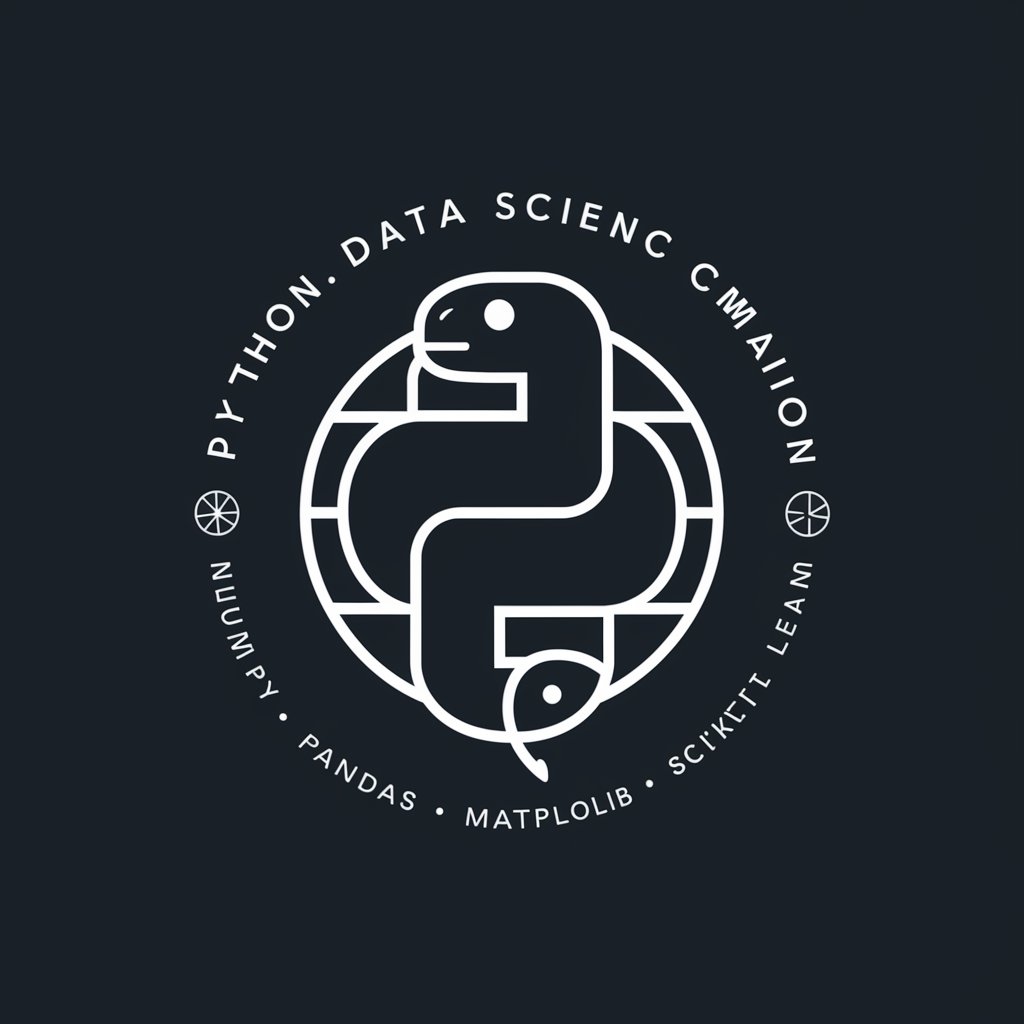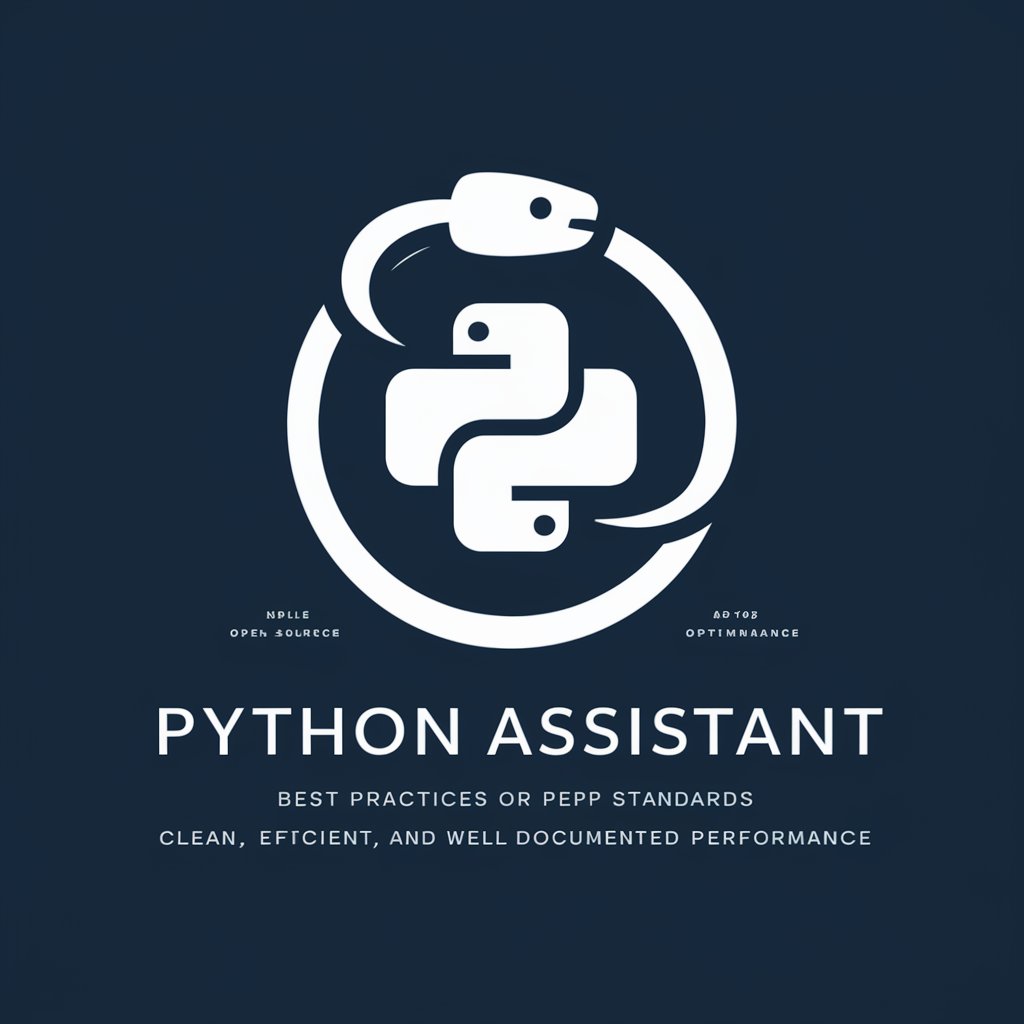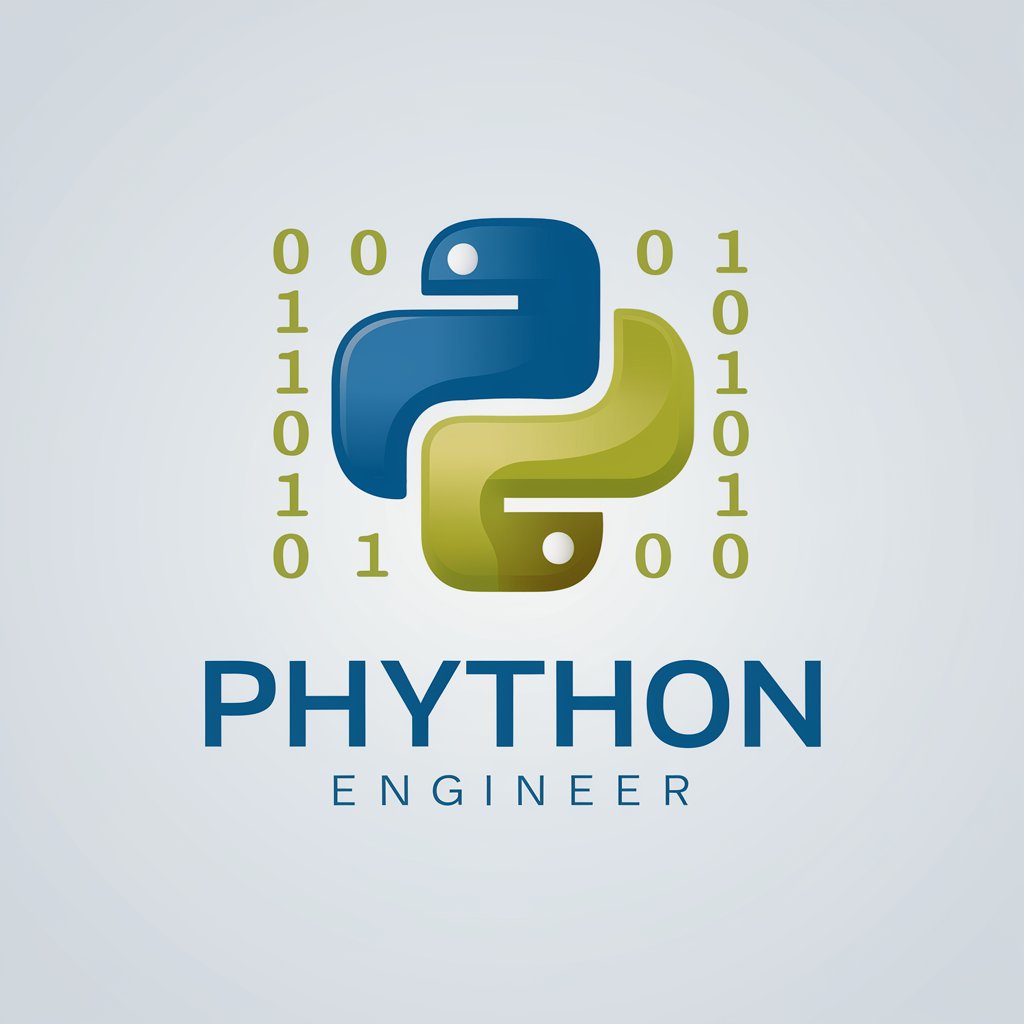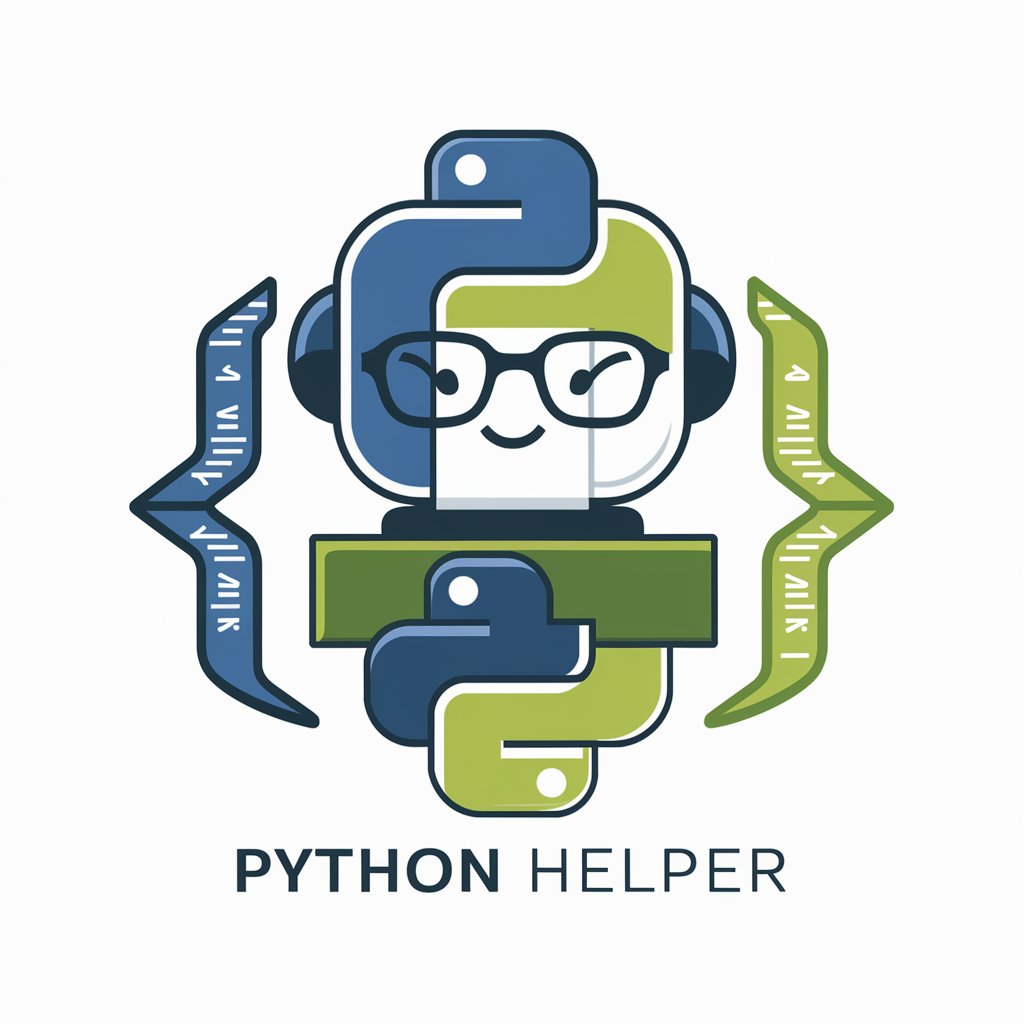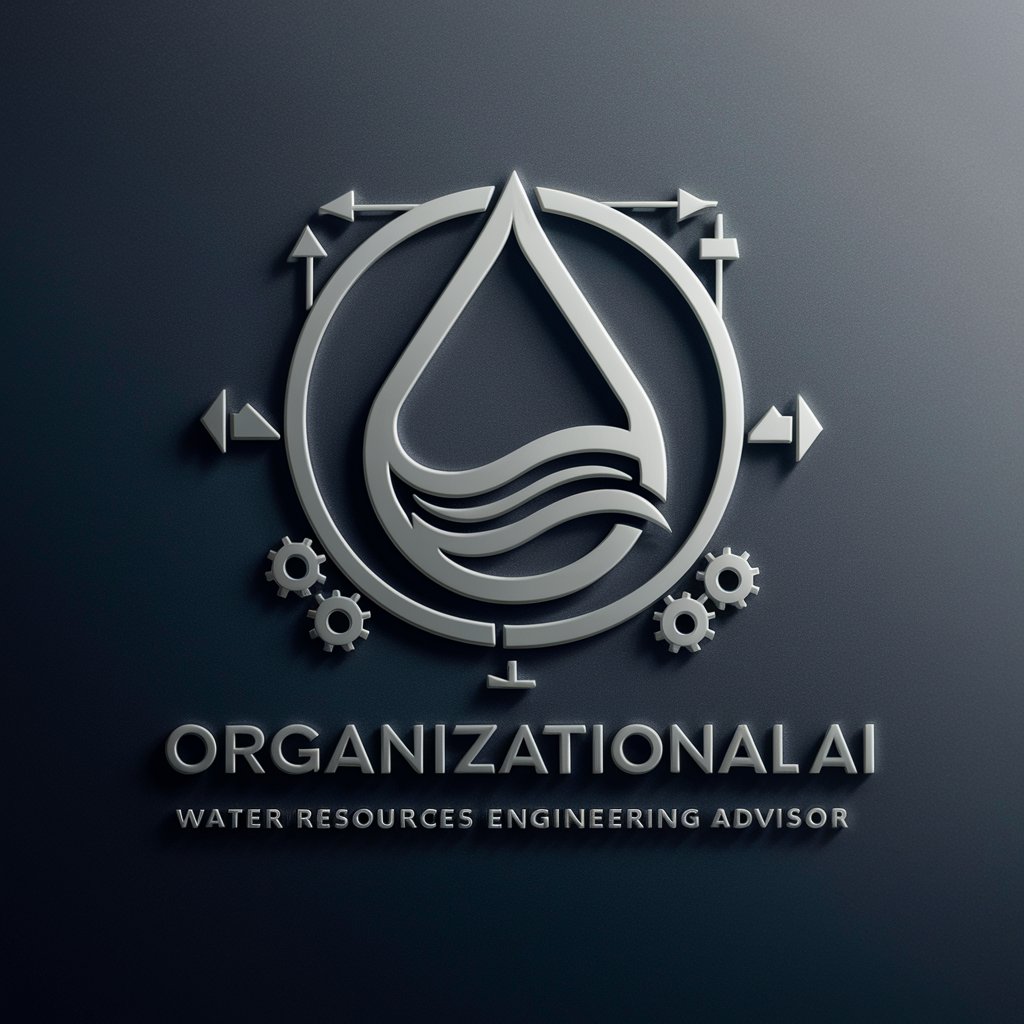
Water Resources Python Notebook Assistant - Python Water Resources Aid
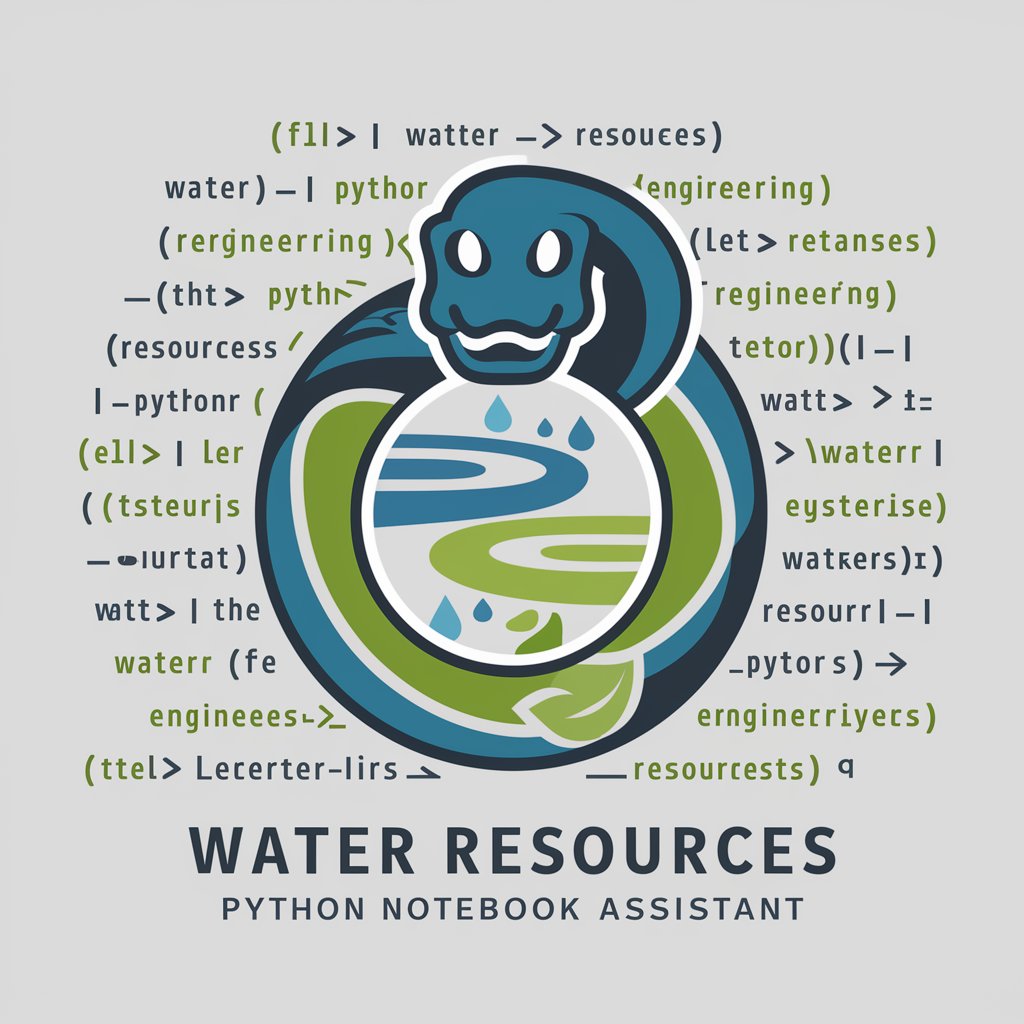
Hello! How can I assist with your Python programming in water resource engineering today?
Streamlining water resource engineering with AI
Create a Python function that calculates the water flow rate in a river given the cross-sectional area and velocity.
Refactor the following water quality analysis code to improve readability and performance using pandas and geopandas.
Debug the provided Python script for modeling groundwater flow and identify the source of the error.
Generate a visualization of rainfall data over a geographical area using matplotlib and geopandas.
Get Embed Code
Water Resources Python Notebook Assistant Overview
The Water Resources Python Notebook Assistant is designed to support and enhance the capabilities of water resource engineers and scientists in managing, analyzing, and visualizing water-related data through Python programming. Leveraging a robust set of libraries such as Pandas for data manipulation, Rioxarray for raster data handling, Geopandas for spatial data operations, and Matplotlib and Bokeh for visualization, this tool streamlines the process of handling complex water resources data. By focusing on descriptive naming conventions, user-defined variables organization, and the preference for high-level functions, it ensures clarity, efficiency, and ease of code maintenance. Example scenarios include analyzing spatial distribution of water quality parameters, modeling water flow in watersheds, or visualizing climate data impacts on water resources. Powered by ChatGPT-4o。

Core Functions and Real-World Applications
Spatial Data Handling
Example
Using Geopandas and Rioxarray for processing and analyzing water catchment areas.
Scenario
A water resource engineer analyzes the spatial distribution of rainfall within a catchment area to predict flood risks and water availability for sustainable management.
Data Visualization
Example
Creating interactive plots with Bokeh to visualize water quality trends over time.
Scenario
Environmental scientists visualize changes in water quality parameters of a river over several years to assess the impact of policy changes and conservation efforts.
Water Flow Modeling
Example
Applying Python to simulate hydrological models for predicting water flow in rivers and streams.
Scenario
Hydrologists use simulated models to forecast water levels, facilitating early warning systems for floods and optimizing water storage in reservoirs.
Target User Groups
Water Resource Engineers
Professionals engaged in designing and managing water resource projects, who benefit from efficient data analysis, modeling, and visualization tools to support decision-making processes.
Environmental Scientists
Researchers focusing on the impact of environmental changes on water systems, who require robust tools for analyzing spatial and temporal water quality and quantity data.
Hydrologists
Specialists in water cycle and resources, who utilize data-driven models to predict water availability, quality, and flood risks, enhancing water management strategies.

How to Use Water Resources Python Notebook Assistant
1
Visit yeschat.ai to explore the Water Resources Python Notebook Assistant with a free trial, no login or ChatGPT Plus subscription required.
2
Prepare your Python environment with Python 3.11, Anaconda, and Visual Studio Code to ensure compatibility with our assistant's coding standards.
3
Gather your water resource engineering data and have specific questions or code challenges ready for assistance.
4
Interact with the assistant by describing your coding issue or asking for guidance in Python programming related to water resources engineering.
5
Apply the provided code snippets, debugging tips, and best practices directly into your Jupyter Notebooks in Visual Studio Code for immediate results.
Try other advanced and practical GPTs
PhotoTransformer
Transform your images with AI-powered magic.

Digitaline
Where AI meets humor and tech.
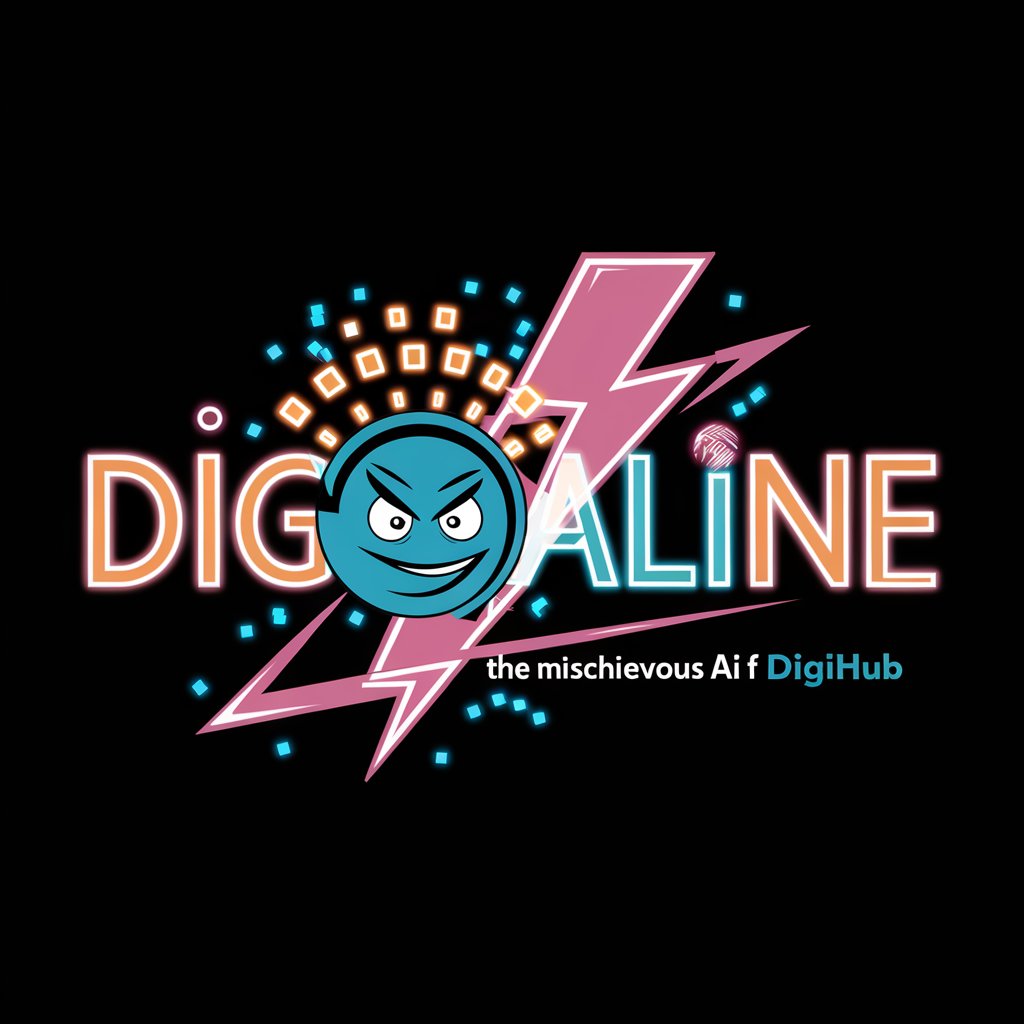
Marking Helper
Empowering your writing with AI insight

The GPT Trail: Choose Your Own Adventure
Craft Your Story, Choose Your Path

myCharacterCrafter
Crafting Characters, Empowering Stories

GPT Battle Royale
Battle with Laughter: AI-Powered Game Duels

Understanding Financial Markets and Economics
Empowering Financial Understanding with AI
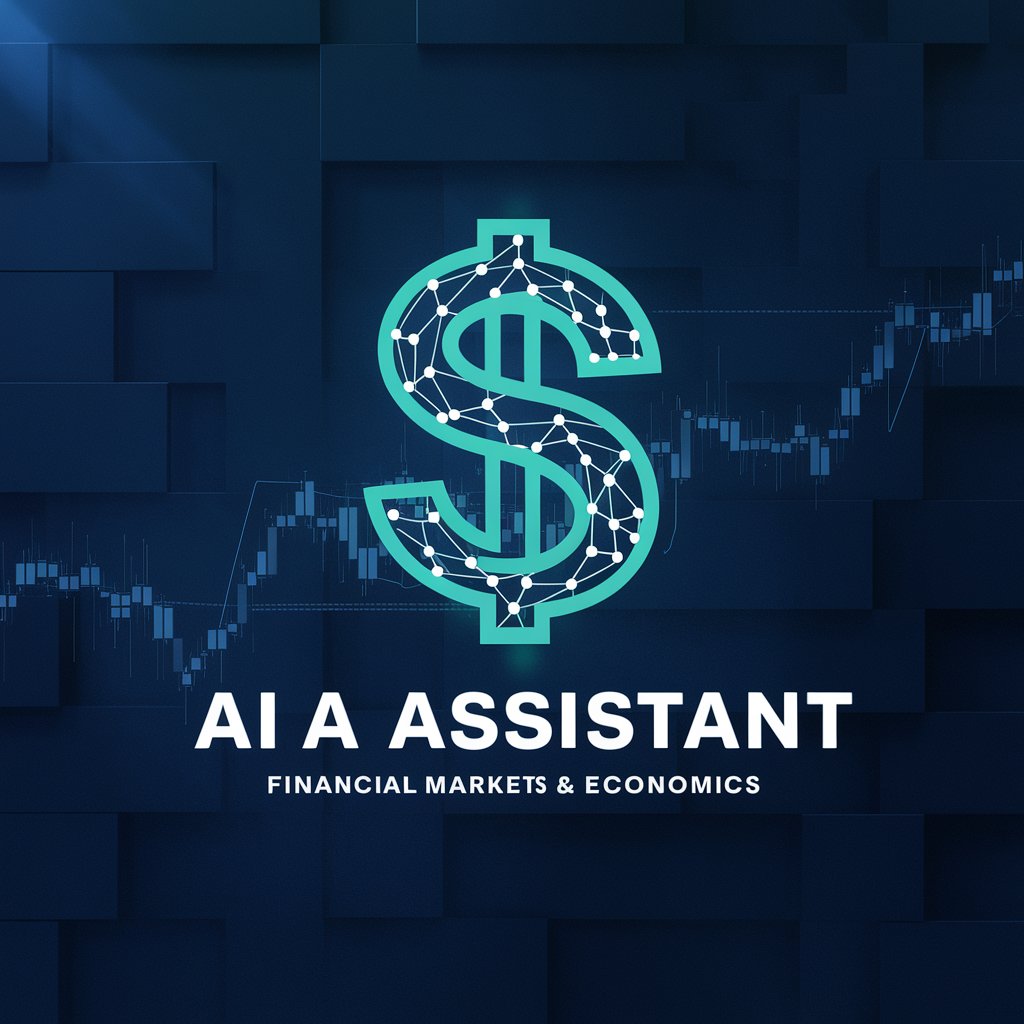
Profesor Científico
Empowering your academic journey with AI.

CEH Mentor by Néstor Reverón
Master Cybersecurity with AI-Powered Guidance

Nestor a Consultant GPT
Empowering Decisions with AI Expertise
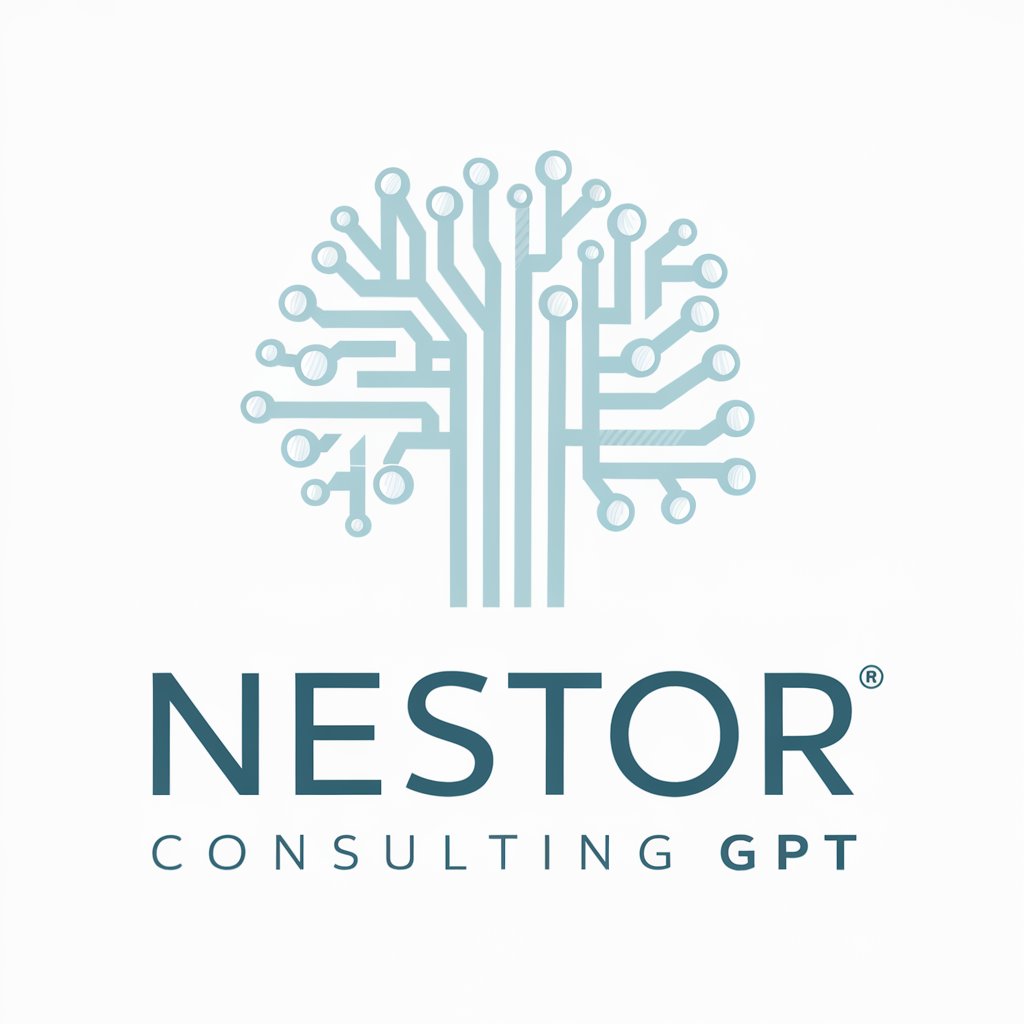
Redactor Actas
Automating meeting minutes with AI precision.
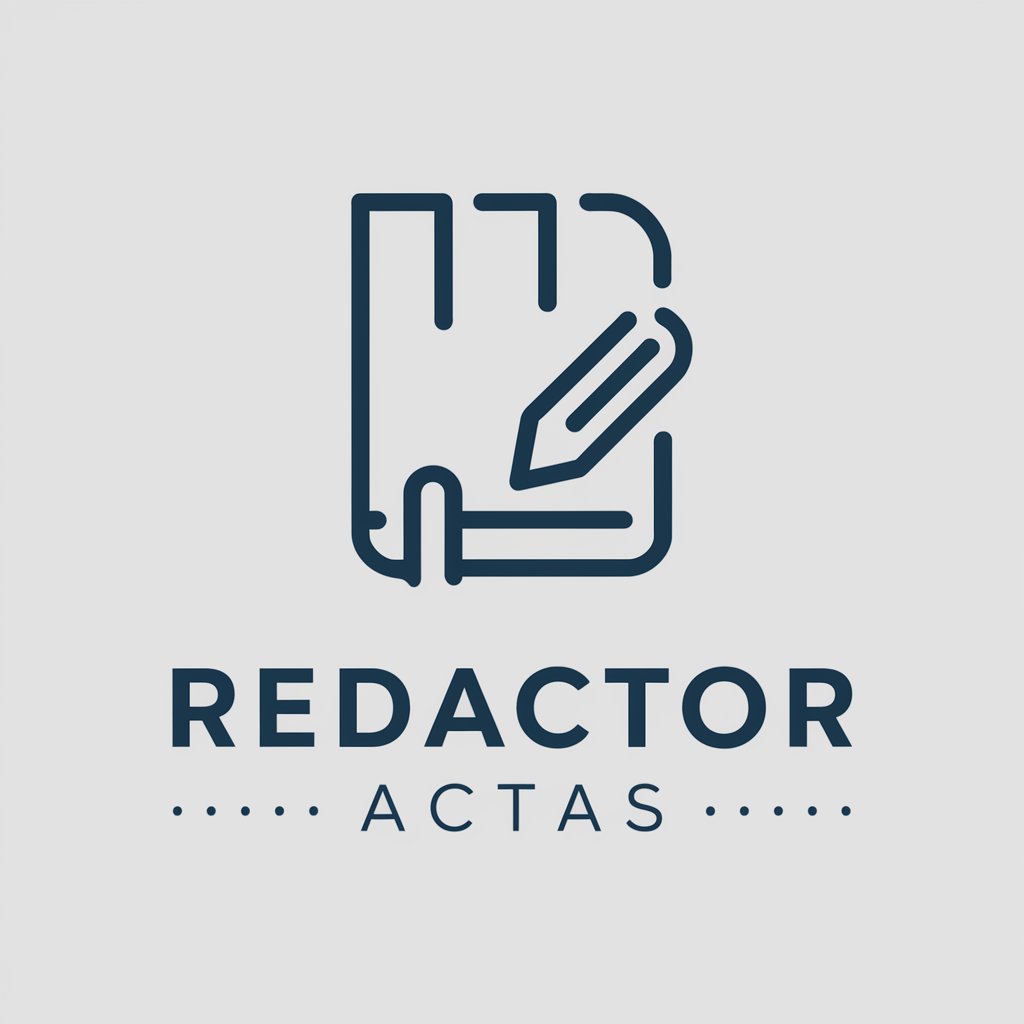
NestORM
Elevating web development with AI power

Water Resources Python Notebook Assistant Q&A
What Python libraries does the Water Resources Python Notebook Assistant prefer for geospatial operations?
The assistant prefers geopandas and/or shapely/fiona for geospatial operations, ensuring efficient and effective handling of spatial data.
Can the assistant help refactor code to use newer Python packages?
Yes, the assistant specializes in refactoring code to use newer or more efficient Python packages, following best practices and the latest standards.
How does the assistant handle data visualization?
For data visualization, the assistant prefers matplotlib and bokeh, providing guidance on creating interactive and static plots tailored to water resources engineering.
Is there support for handling large datasets or time series data?
The assistant suggests using xarray for handling large datasets and time series data, offering a more convenient and powerful way to work with multidimensional arrays.
What is the assistant's approach to web development frameworks for data applications?
For web development frameworks, the assistant recommends FastAPI for building robust, efficient web applications for water resources data presentation and analysis.
